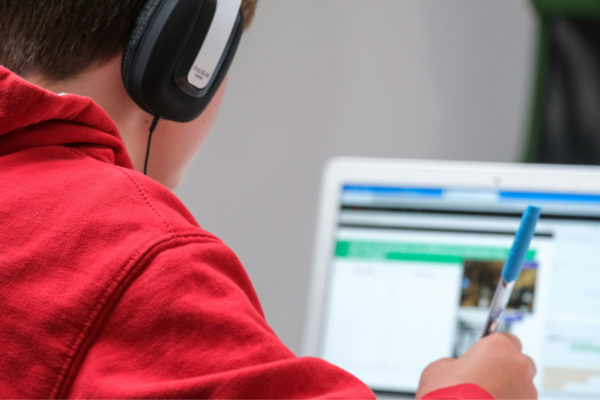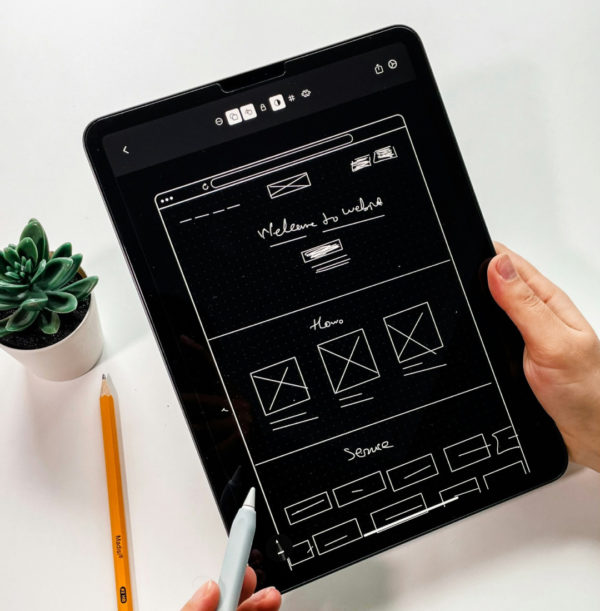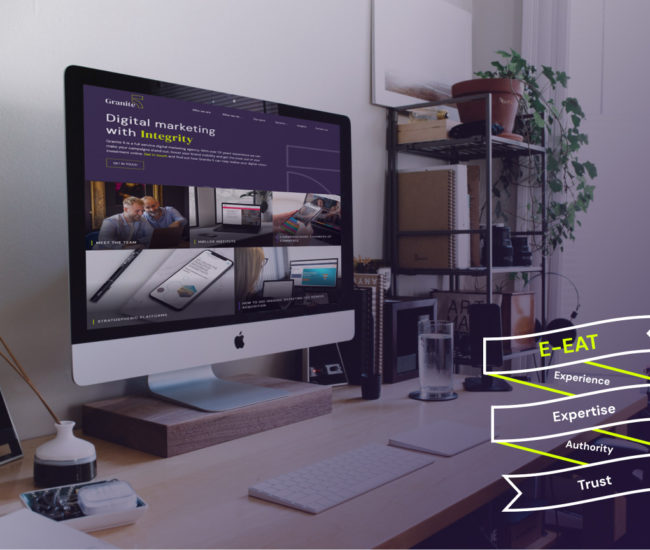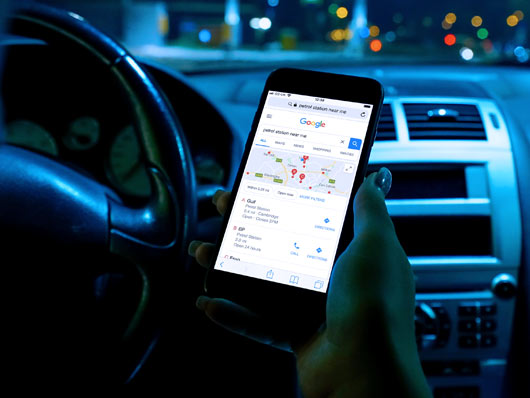Why web accessibility matters for everyone
Web accessibility is not merely a recommendation; it is a fundamental requirement for ensuring inclusivity and equality in the digital realm. In a world where the internet is an integral part of daily life, it is imperative that web applications (apps) and websites are accessible to all users, regardless of their abilities or disabilities. This includes individuals with visual, auditory, motor, or cognitive disabilities. Designing and developing apps and websites to ensure that people with disabilities can perceive, understand, navigate, and interact with the web effectively also enhances these experiences for everyone, regardless of ability.
Perceivability
One of the primary principles of web accessibility is perceivability. This ensures that all information and user interface components are displayed in a way that users can understand. For individuals with visual impairments, this may involve providing text alternatives for non-text content such as images that the user needs to know about, videos, and audio files. Screen readers, which convert text into synthesized speech or refreshable Braille displays, rely on these alternatives to convey information to users who are blind or have low vision. If an image is decorative then the alternative text should be blank, so the assistive device or software ignores it. Additionally, ensuring sufficient colour contrast benefits users with colour blindness or various forms of dyslexia.

Dark mode
Dark mode has emerged as an essential accessibility feature in some contemporary apps and websites, catering to not only those with photosensitivity, but also other users’ evolving preferences and enhancing everyone’s digital experiences. With prolonged screen exposure becoming increasingly common, particularly in today’s tech-driven world, the need to reduce eye strain and minimize blue light exposure has become paramount. Dark mode offers a solution by reversing the typical dark text on light interface to a light text on dark interface, reducing glare and making screens easier on the eyes, especially in low-light environments. Plus, dark mode conserves battery life on devices with OLED screens, thus providing practical benefits alongside its aesthetic and non-damaging appeal. As users seek more customisation and control over their digital interactions, integrating dark mode has become not just a trend, but a necessity for modern apps and websites striving to enhance accessibility, usability and user satisfaction.

Operability
Another crucial aspect of web accessibility is operability, which focuses on making it possible for users to interact with app and website components and navigate effectively. Keyboard accessibility is essential for those with mobility impairments, such as arthritis or injured hands. They rely on keyboards or alternative input devices instead of traditional mice. Designing websites or apps with intuitive navigation structures and skip links can significantly enhance the user experience for these individuals.
Those with cognitive and learning disabilities will benefit from consistent navigation patterns, and clear instructions to navigate websites and apps effectively. Providing descriptive headings, labels, alternative text, and instructions can help users understand the purpose and structure of web content, reducing confusion and frustration.
Developing websites and apps with web standards and best practices, such as separating semantic (meaningful) HTML markup, style and any scripting; plus providing alternative text for informative images and enabling different screen sizes will allow the app or website to adapt to the software or device that is processing it. By following these guidelines, web developers can create more resilient web content that remains accessible across various platforms and technologies.

Accessible design for a better user experience
Incorporating web accessibility into the design and development process from the start benefits not only users with disabilities but also enhances the overall user experience for everyone. For instance, captions and transcripts for multimedia content benefit not only users with hearing impairments but also users in noisy environments or those who prefer to consume content without sound. Text alternatives, captions, transcripts, and Audio Description*, not only help those users who cannot see well, but also fully sighted users who are in situations where they cannot look at the screen and need to focus on something else. Likewise, well-structured, and navigable websites and apps improve usability for all users, regardless of their abilities.

Inclusive web design for all users
Despite the importance of web accessibility, many websites and apps still fall short of meeting the needs of users with disabilities. This can be due to a lack of awareness, inadequate resources, or misconceptions about the complexity of implementing accessibility features. However, the benefits of investing in web accessibility far outweigh the challenges. Not only does it comply with legal requirements and industry standards, but it also fosters inclusivity, diversity, and social responsibility.
Fortunately, there are numerous resources and guidelines available to help web developers and designers create accessible websites and apps. The Web Content Accessibility Guidelines (WCAG), developed by the World Wide Web Consortium (W3C), provide a comprehensive set of recommendations for making web content more accessible to users with disabilities.
In conclusion, web accessibility is a fundamental aspect of inclusive design that ensures equal access to information and services for all users using many different devices. By incorporating accessibility principles into the design and development process, web professionals can create websites and web applications that are usable, navigable, and understandable by individuals with diverse abilities and disabilities. Embracing web accessibility not only fulfills legal and ethical obligations but also enriches the online experience for everyone, fostering a more inclusive and equitable digital landscape.
Links:
W3C (World Wide Web Consortium)
WCAG (Web Content Accessibility Guidelines)
Glossary:
*Audio Description
Usually when there is no dialog in a scene, a voice over will describe relevant visual aspects such as body language and clarifying the actions that made certain sounds – all for those who cannot see the video footage.




